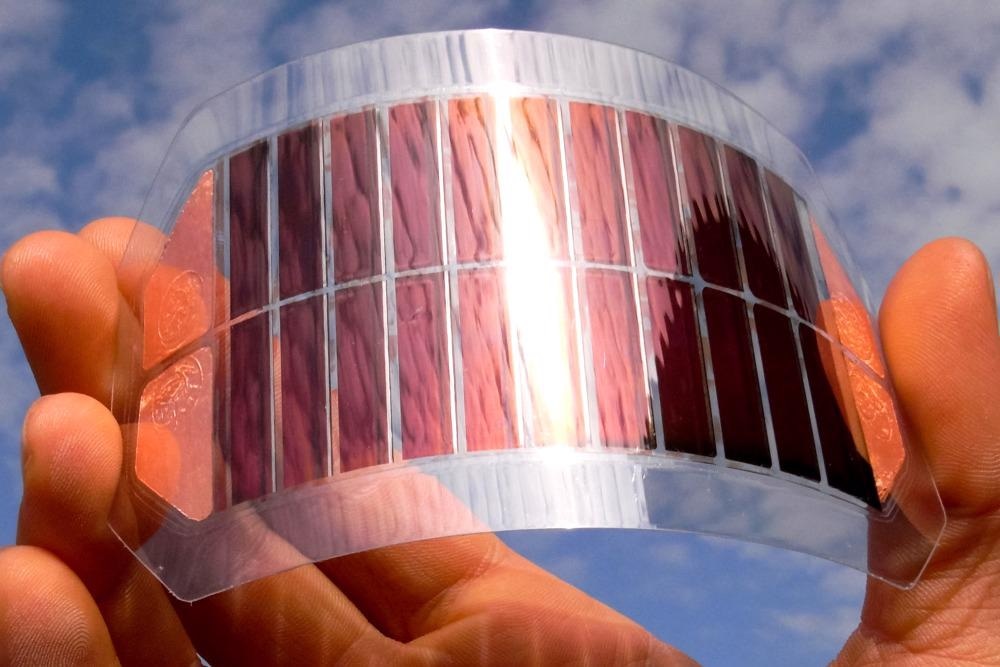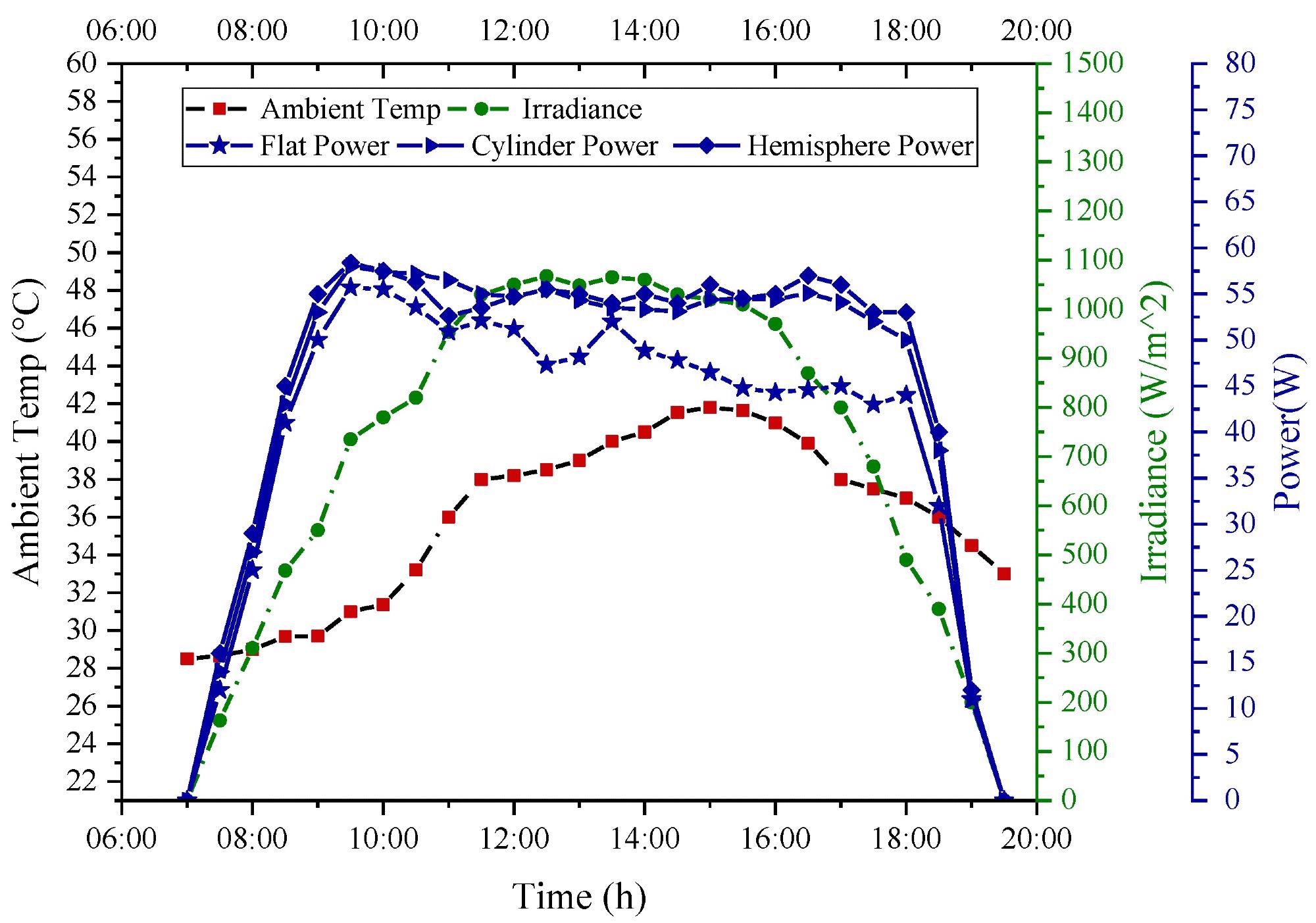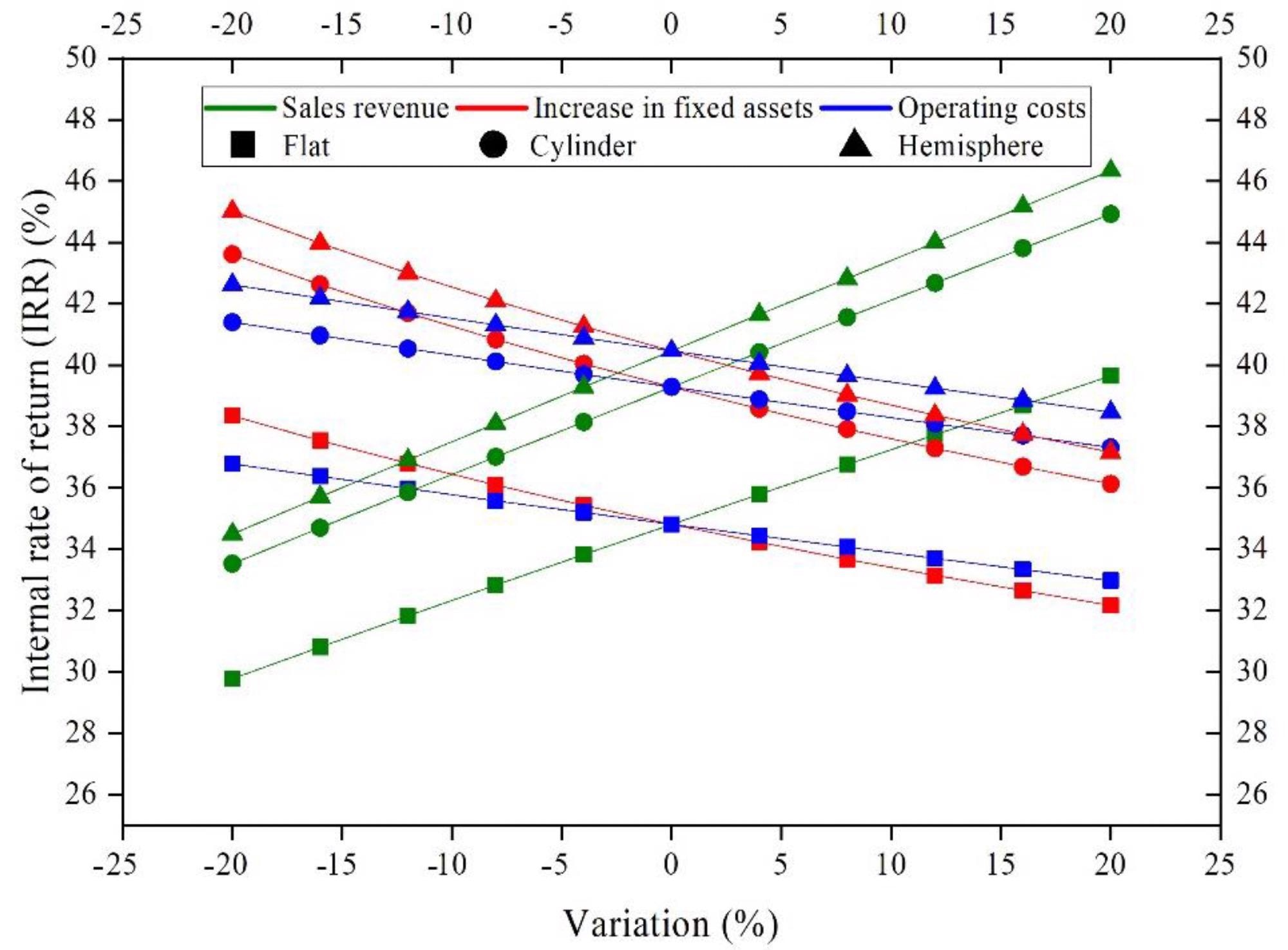Among the challenges facing solar panels is their installation on surfaces with curved or abstract geometries. Therefore, a collaborative research team has developed a flexible solar conversion system that can be used on curved surfaces to harvest renewable energy. This research has been published in the journal Sustainability.

Study: Flexible Photovoltaic System on Non-Conventional Surfaces: A Techno-Economic Analysis. Image Credit: LuYago/Shutterstock.com
Renewable energy technologies are facilitating the energy transition, as countries all over the world are setting carbon reduction policies in order to meet the United Nations’ Kyoto Protocol. The primary concern of policymakers today is mitigating climate change by limiting greenhouse gas emissions, which is considered a leading factor in negative environmental changes.
With extreme weather, food supply disruptions, and increased wildfires known to be effects of climate change caused by greenhouse gases, developing effective technologies to replace fossil fuels remains central to research. Over the previous decade, photovoltaic (PV) and built-in photovoltaic (BIPV) technologies have primarily focused on utilizing existing photovoltaic concepts that are shown to aid buildings that have the capacity to meet their load as sustainable solar energy generating technologies.
Flexible Solar Energy Technology
Solar energy consumption is becoming increasingly relevant as a result of access to advanced materials and the cheaper cost of solar cell technology. Thus, more and more emphasis is being placed on developing PV technologies that can not only meet the demand but also meet the practical requirements of installation in the modern world.
“Flexible photovoltaic systems are suitable for buildings with complex shape envelopes, such as harvest silos, traditional islamic buildings, and petrochemical tanks,” explains study co-author Dr. Gholamhassan Najafi of the Department of Biosystem Engineering, Tarbiat Modares University, Tehran.

System factors and power analysis. Image Credit: Esmaeili Shayan, M et al., Sustainability
Developing the Technology
While flexible solar cells could theoretically meet the aforementioned challenges, only putting the technology into real-world application allows results to be accurately measured. In order to address this, “The components involved in the solar energy system were modeled in flat, cylindrical, and hemispherical shapes and studied under actual conditions,” says Dr. Najafi.
The team split the test phase into three parts: flat, cylindrical, and spherical surfaces with the flexible panels connected in series while monitoring potential variables that could influence performance such as temperature, radiation, and flexibility. The relationship between the variables was closely evaluated in order to record optimal performance levels of the flexible solar cells.
“The largest effect on the function of the flexible photovoltaic system, is related to the rate of irradiance, wind speed, temperature, and use on various PV shapes as flat, cylindrical, and spherical materials,” explained Dr. Najafi.
The team was able to establish that when the ambient temperatures were fluctuating between 20-30oC the flexible solar cell system demonstrated good levels of performance with no reduction in ranges 500 to 800 W/m2. However, consistent temperatures and radiation levels – as well as wind speeds – demonstrated better overall performance levels.

Effect of test variables on system power production quality in the actual test. Image Credit: Esmaeili Shayan, M et al., Sustainability
“Although sources claimed the optimum performance of the photovoltaic system at 1000 W/m2, our study and found that the ideal range for energy generation is consequently 800 W/m2 in flexible photovoltaic systems,” said Dr. Najafi.
The team also carefully evaluated the economic benefits of the system and found that maintenance costs were around 20 USD per annum over a 20-year maintenance life-cycle. However, the cost per watt was estimated to be around 0.8 USD, which is greater than other conventional systems (although overall payback varies on a nation-by-nation basis).
However, with accelerating progress and recent developments in advanced flexible photovoltaic material systems, including the arrival of organic semiconductors and metal halide perovskites, flexible PV panels are expected to be commercialized across a wide range of future marketable products.
It is anticipated that flexible solar cells will, together with other light energy storage devices such as supercapacitors and batteries, be integrated into future technologies in emerging markets and help facilitate the global energy transition. This includes delivering a renewable energy source for powering and charging electronic equipment ranging from smartphones and portable computers to electric cars and electric bicycles.
References & Further Reading:
Esmaeili Shayan, M.; Najafi, G.; Ghobadian, B.; Gorjian, S.; Mazlan, M.; Samami, M.; Shabanzadeh, A. Flexible Photovoltaic System on Non-Conventional Surfaces: A Techno-Economic Analysis. Sustainability 2022, 14, 3566. https://www.mdpi.com/2071-1050/14/6/3566
Disclaimer: The views expressed here are those of the author expressed in their private capacity and do not necessarily represent the views of AZoM.com Limited T/A AZoNetwork the owner and operator of this website. This disclaimer forms part of the Terms and conditions of use of this website.